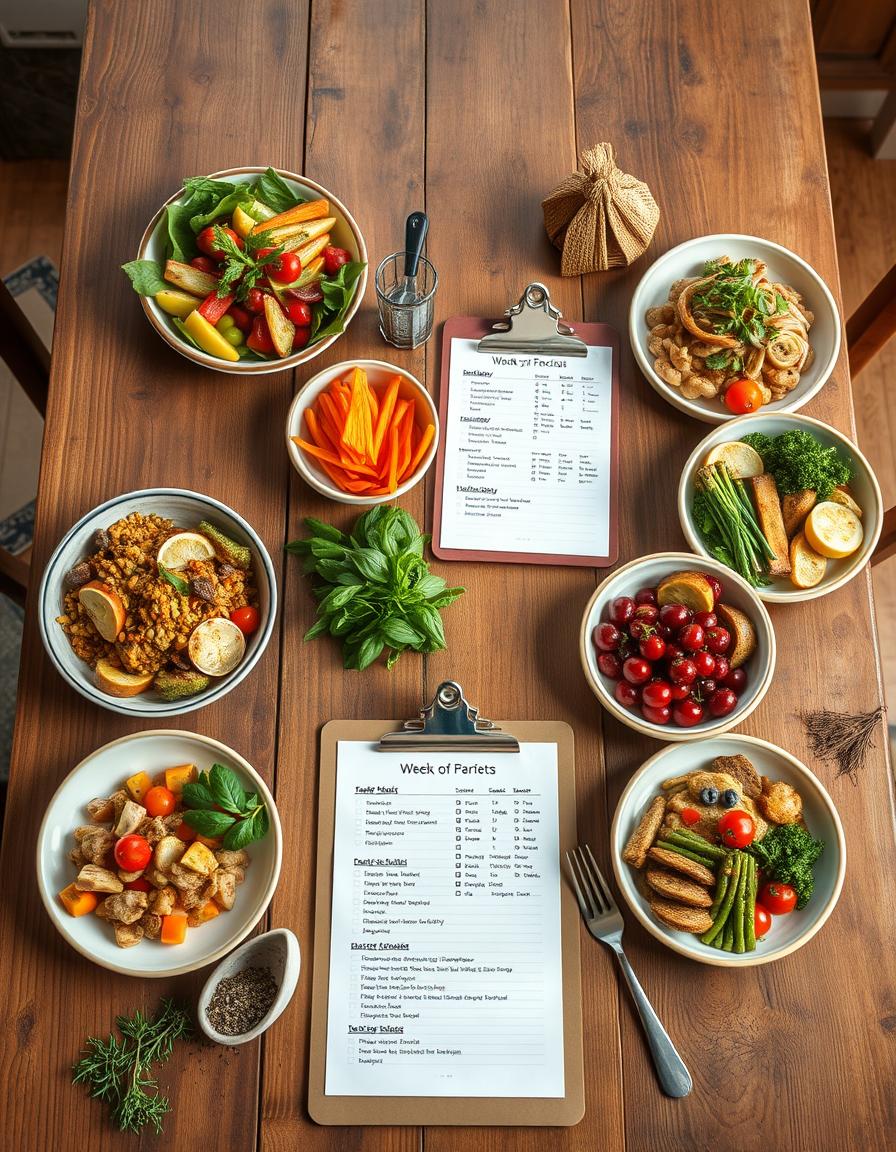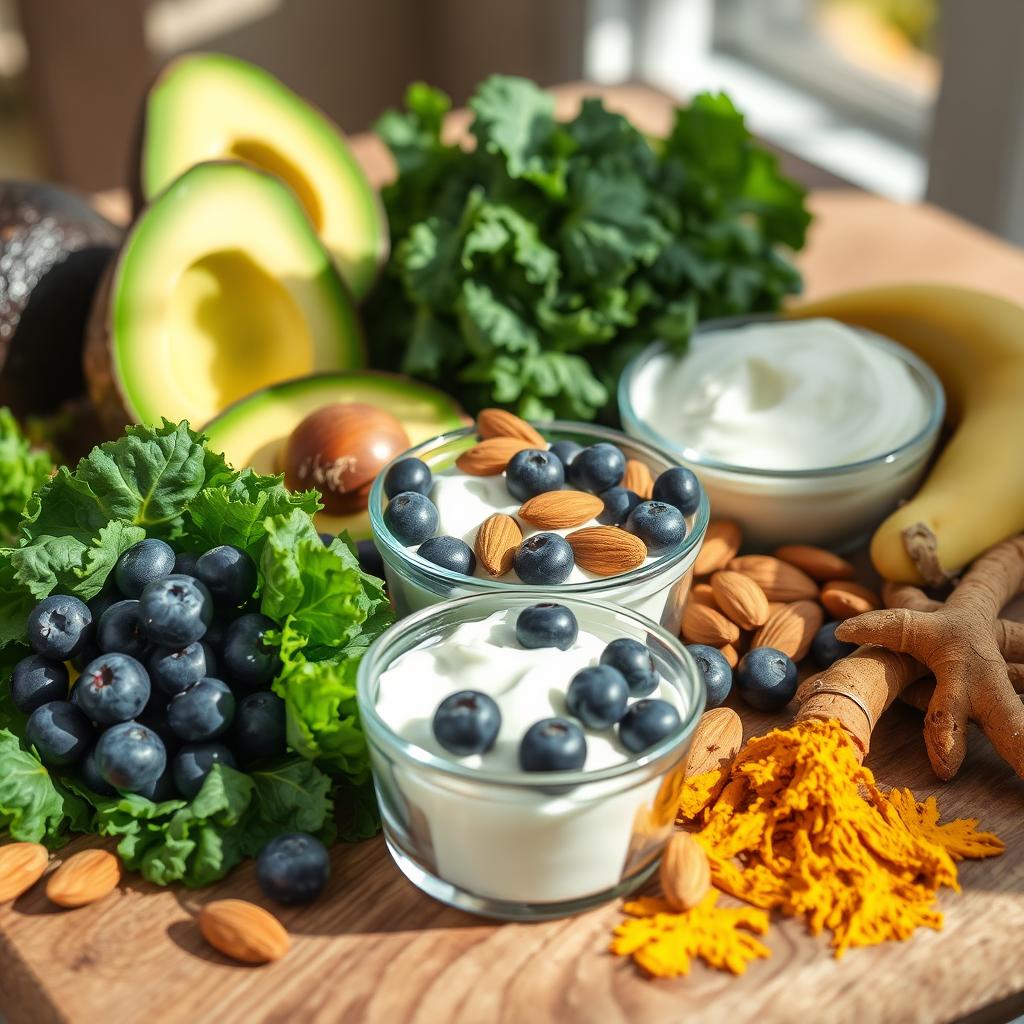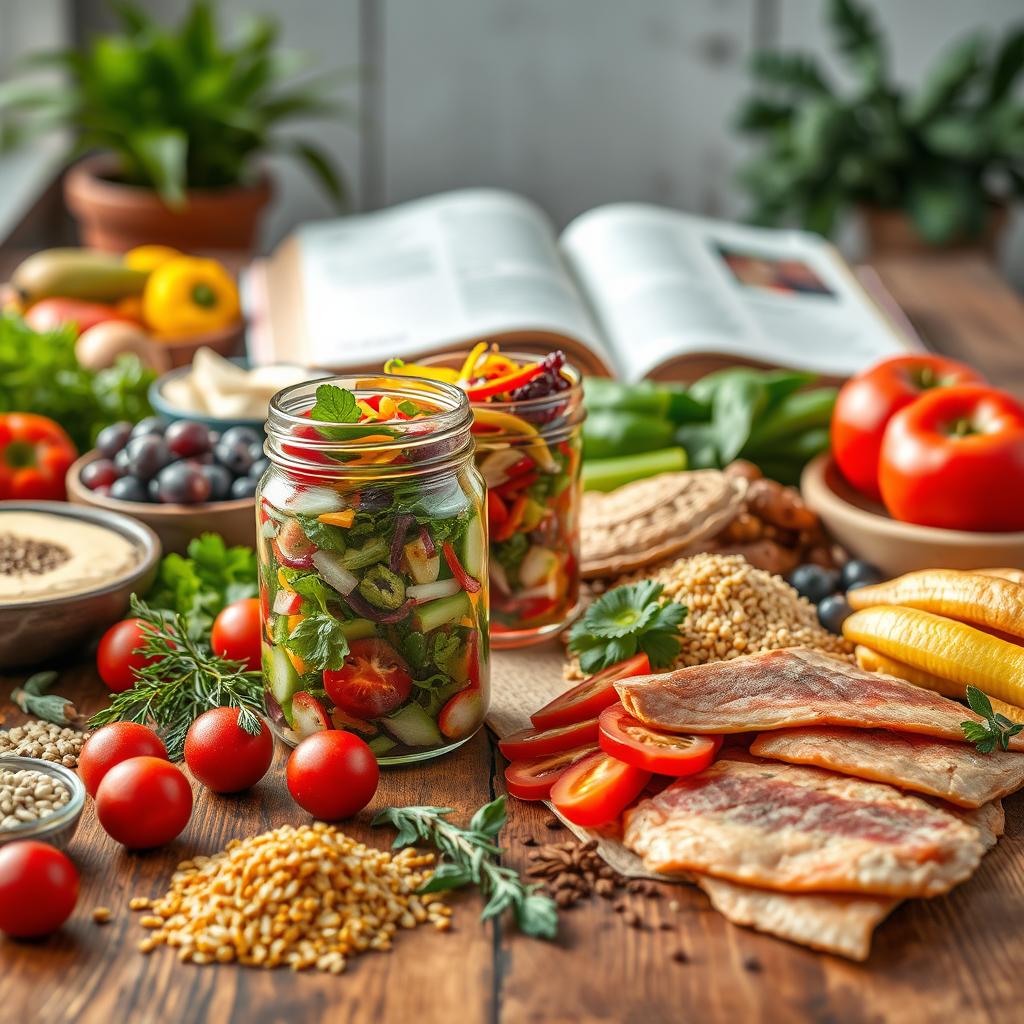Organizing your meals ahead of time can simplify daily cooking, reduce stress, and promote healthier eating. By preparing recipes for a week with shopping list in hand, you streamline grocery shopping and minimize last-minute decisions while ensuring a balanced diet. This approach is especially beneficial for busy individuals or families seeking nutritious and tasty meals without the hassle of daily planning. Whether you’re aiming to manage your time more efficiently or looking to experiment with new dishes, committing to a full week of meal planning can yield significant advantages.
Planning Your Week of Meals: Benefits and Strategies
Advantages of Preparing Recipes for a Week with Shopping List
Creating a plan for seven days of recipes along with a detailed shopping list offers numerous benefits. It helps you avoid multiple trips to the store, saving both time and money. With a clear list, impulse purchases become less likely, contributing to a more budget-conscious shopping experience. Additionally, having meals planned reduces the temptation to opt for unhealthy convenience foods, supporting consistent nutritional goals. This structured approach also provides flexibility to incorporate leftovers or adjust portion sizes as needed.
Tips for Efficient Meal Planning and Time Management
Effective meal planning begins with setting aside specific time each week to select recipes and compile your list. Start by surveying your pantry and fridge to use existing ingredients, reducing waste. Consider your schedule, identifying days when you have more time for cooking versus busier evenings that might require quicker meals or batch cooking. Utilizing themes like “Meatless Mondays” or “Taco Tuesday” can simplify choices without sacrificing variety. Keep recipes simple and rely on versatile ingredients to reduce preparation time. Lastly, digital tools or apps can help organize recipes and automate shopping lists for convenience.
Balancing Nutrition and Variety Across the Week
When planning recipes for a week with shopping list, it is important to include a range of nutrients and food groups. Aim to incorporate lean proteins, whole grains, and a wide assortment of fruits and vegetables throughout your meals. Rotate cooking methods—such as grilling, roasting, steaming, and sautéing—to keep textures and flavors interesting. Incorporate both familiar favorites and new dishes to maintain enthusiasm for your meals. If you have specific dietary needs or restrictions, ensure you include alternatives that meet those requirements while maintaining nutritional balance.
Daily Recipe Breakdown: Easy and Tasty Meals for Every Day
Breakfast, Lunch, and Dinner Ideas to Cover 7 Days
A well-rounded weekly meal plan includes options for every main meal of the day. For breakfast, consider quick and nutritious choices such as overnight oats with berries, scrambled eggs with spinach, or whole-grain toast topped with avocado. Lunches can range from hearty salads with grilled chicken or chickpeas to vegetable-rich soups paired with whole-wheat bread. Dinner recipes might include baked salmon with quinoa and steamed vegetables, pasta primavera, or stir-fried tofu with brown rice. The goal is to keep preparations manageable while offering satisfying and wholesome dishes.
Incorporating Snacks and Desserts into the Weekly Plan
Snacks and desserts are an important part of a balanced eating plan and can be included thoughtfully. Healthy snack options like mixed nuts, yogurt with fruit, or vegetable sticks with hummus provide energy between meals. Desserts might consist of fresh fruit salads, baked apples with cinnamon, or dark chocolate squares to satisfy sweet cravings without excess sugar. Planning these treats along with main meals helps maintain portion control and prevents unnecessary snacking.
Customizing Recipes for Dietary Preferences or Restrictions
Meal plans can be tailored to accommodate dietary preferences such as vegetarian, vegan, gluten-free, or low-carb diets. When substituting ingredients, be mindful of the nutritional content to maintain a balanced intake. For example, replace dairy with plant-based milks or swap out wheat-based pasta for legume-based varieties in gluten-free plans. If you are interested in softer textures for digestive reasons, consider referring to a gastrointestinal soft diet food list for appropriate ingredient choices. Personalizing recipes ensures enjoyable meals that align with health goals.
Creating a Comprehensive Shopping List: What You Need to Buy
Organizing Ingredients by Food Categories for Easy Shopping
To maximize shopping efficiency, group your ingredients by categories such as produce, dairy, protein, pantry staples, and frozen goods. This approach minimizes backtracking within the store and helps ensure no items are missed. For instance, list all vegetables and fruits together, followed by meats and seafood, then grains and canned goods. Clearly dividing your list also simplifies assessing quantities needed and assists in prioritizing fresh items.
Estimating Quantities Based on Servings and Number of People
Accurately estimating how much of each ingredient is required depends on the number of servings per recipe and the number of people you’re feeding. Multiplying quantities accordingly can help prevent shortages or excess. It may be helpful to round up slightly for ingredients with longer shelf lives or those used frequently. Tracking portions from previous weeks can also inform estimates and help tailor future shopping lists.
Tips to Reduce Food Waste with Smart Purchasing
Buying only what you need contributes to sustainability and cost savings. Incorporate flexible ingredients that can be used in multiple meals to avoid spoilage. For example, a bunch of kale can feature in salads, smoothies, and soups. Consider purchasing smaller quantities of perishable items or freezing extras if appropriate. Planning meals that reuse ingredients across different recipes helps maximize ingredient utilization and minimize waste.
Maximizing Your Weekly Cooking Experience: Preparation and Storage Tips
Batch Cooking Techniques to Save Time During the Week
Preparing multiple meals or components in one cooking session can significantly reduce daily kitchen time. Batch cooking staples such as grains, roasted vegetables, or protein can be portioned and refrigerated or frozen for later use. Soups, stews, and casseroles often reheat well and are ideal for make-ahead meals. Labeling containers with contents and dates helps keep your fridge or freezer organized and ensures food safety.
Proper Storage Methods to Keep Ingredients Fresh Longer
Utilize appropriate storage methods to preserve freshness and nutrient quality. Store leafy greens in breathable bags or containers lined with paper towels to absorb moisture. Keep herbs wrapped in damp cloths inside sealed containers. Separate fruits from vegetables to avoid premature ripening or spoilage. For bulk purchases, freezing items like bread, meat, or fruits can extend usability without compromising flavor.
Reheating Guidelines to Maintain Meal Quality Throughout the Week
To enjoy meals later in the week without sacrificing texture and taste, follow proper reheating techniques. Use microwave-safe covers to retain moisture and prevent drying out. When reheating meats, do so gently to avoid toughness; reheating in a low oven or stovetop with a splash of water or broth can help. Soups and stews benefit from stirring occasionally during warming to distribute heat evenly. Consistently reheating to appropriate internal temperatures enhances food safety and enjoyment.
Conclusion
Planning recipes for a week with shopping list is an effective strategy for simplifying meal preparation, promoting nutritional balance, and managing time and expenses. By thoughtfully selecting meals, organizing comprehensive shopping lists, and applying smart cooking and storage techniques, you can transform the weekly cooking routine into a more enjoyable and efficient process. Whether accommodating specific dietary needs or aiming for variety, a well-executed weekly meal plan empowers you to maintain healthy eating habits with ease.





